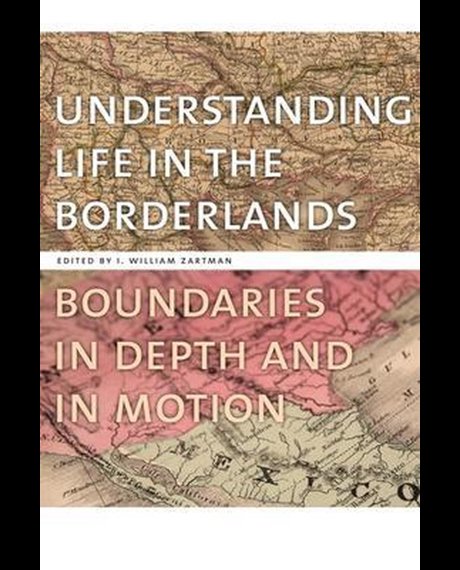Understanding Life in the Borderlands
Understanding Life in the Borderlands
€ 34,99
This title looks at borders as transitional zones. The past two decades have seen an intense, interdisciplinary interest in the border areas between states - inhabited territories located on the margins of a power center or between power centers. This timely and highly original collection of essays edited by noted scholar William Zartman is an attempt 'to begin to understand both these areas and the interactions that occur within and across them' - that is, to understand how borders affect the groups living along them and the nature of the land and people abutting on and divided by boundaries. These essays highlight three defining features of border areas: border landers constitute an experiential and culturally identifiable unit; borderlands are characterized by constant movement (in time, space, and activity); and in their mobility, borderlands always prepare for the next move at the same time as they respond to the last one. The ten case studies presented range over four millennia and provide windows for observing the dynamics of life in borderlands. They also have policy relevance, especially in creating an awareness of borderlands as dynamic social spheres and of the need to anticipate the changes that given policies will engender - changes that will in turn require their own solutions. Contrary to what one would expect in this age of globalization, says Zartman, borderlands maintain their own dynamics and identities and indeed spread beyond the fringes of the border and reach deep into the hinterland itself.
| Prijs | Verzendkosten | Totaal | |
|---|---|---|---|
€ 34,99 | € 0,00 | € 34,99 |
Alternatieve producten
© 2016 - 2024 aanbiedingchecker


/backgroundcolor(255,255,255)/jpg(90)/fetch/https://media.s-bol.com/r0gGgAgMYPZp/oYzDNJL/1200x1200.jpg)
/backgroundcolor(255,255,255)/jpg(90)/fetch/https://media.s-bol.com/J6DDJrgEn8Ml/765x1200.jpg)
/backgroundcolor(255,255,255)/jpg(90)/fetch/https://media.s-bol.com/mZRk2y171vO3/D1qEJnY/800x1200.jpg)
/backgroundcolor(255,255,255)/jpg(90)/fetch/https://media.s-bol.com/oj2AV45NLL9L/816x1200.jpg)